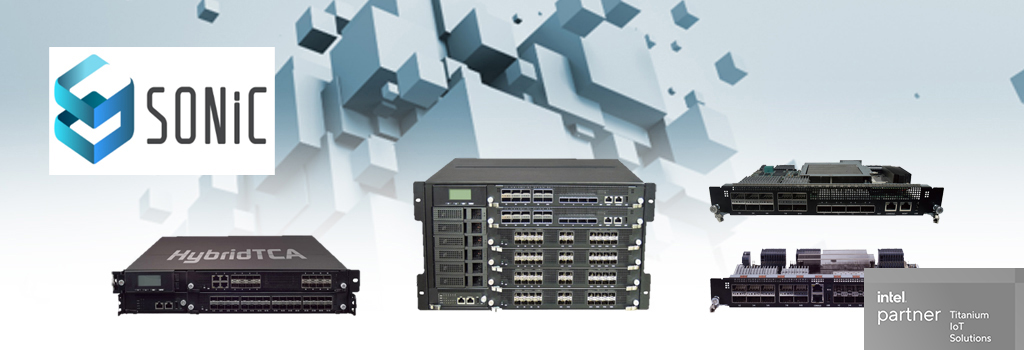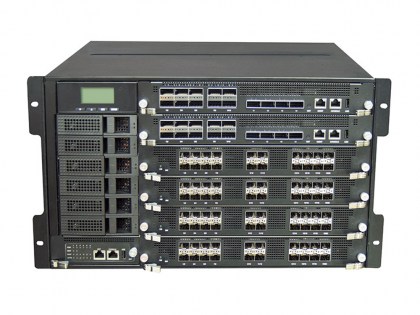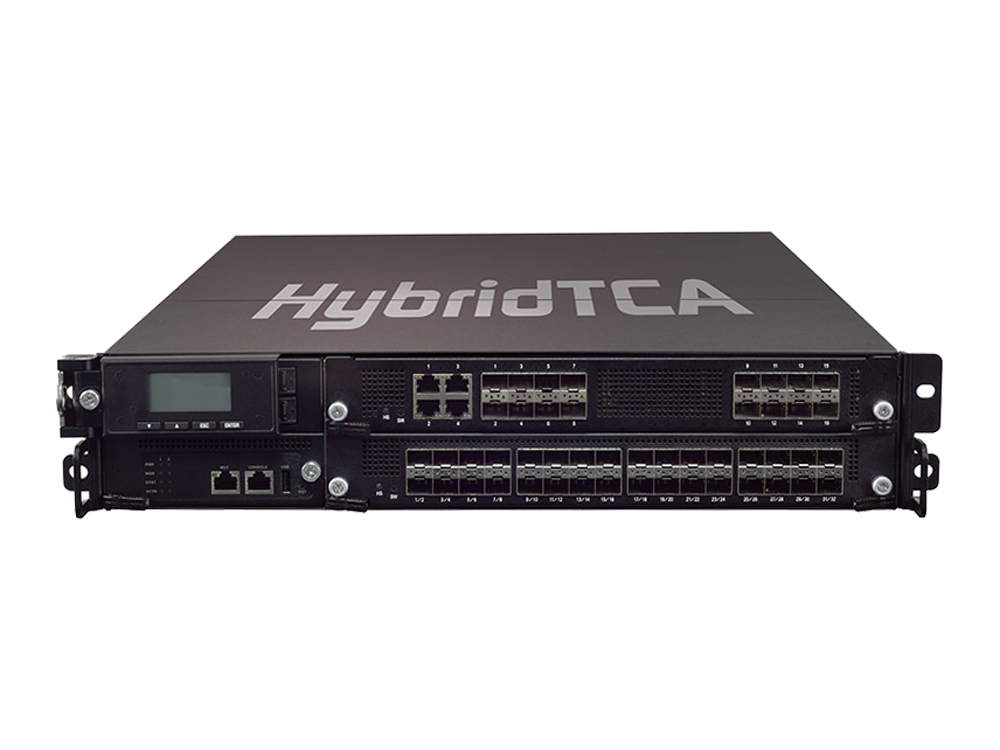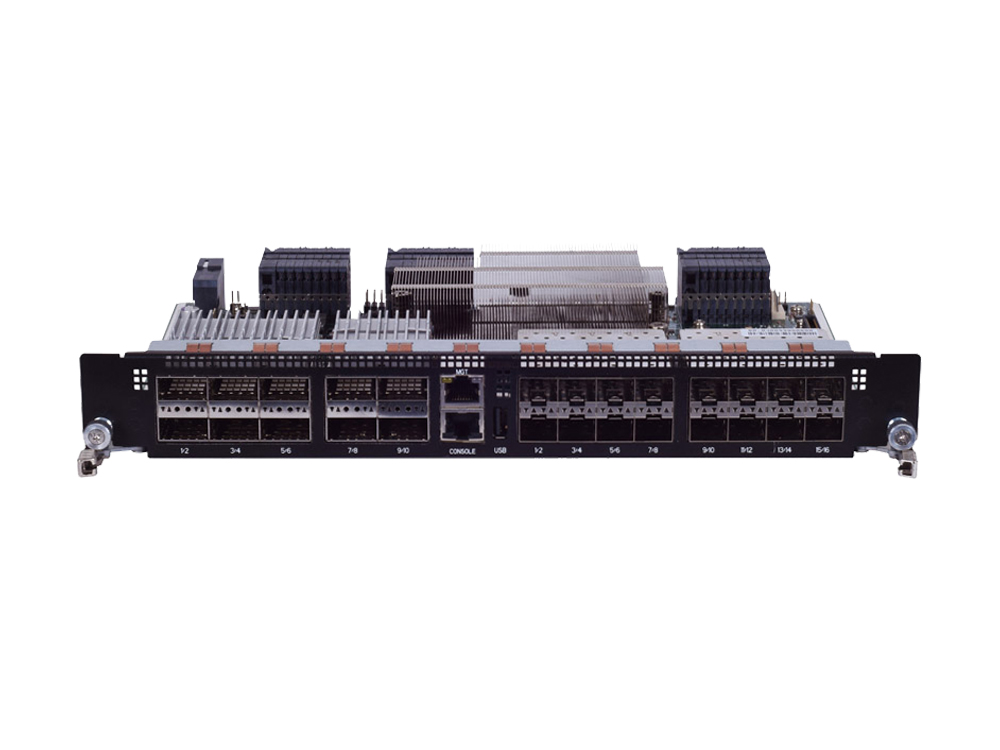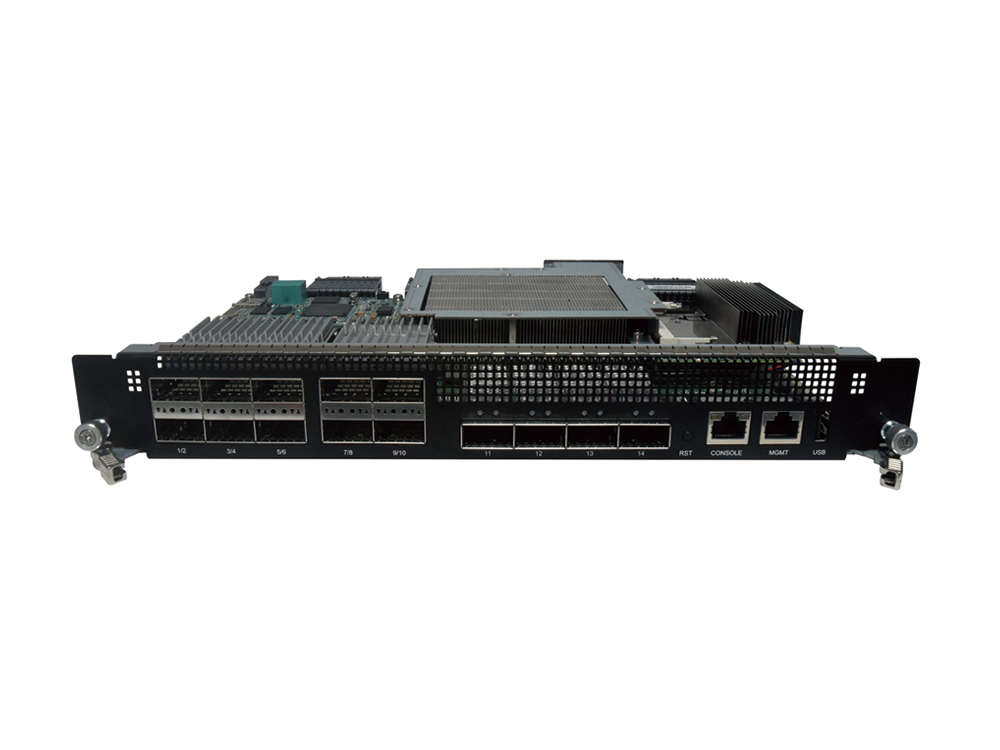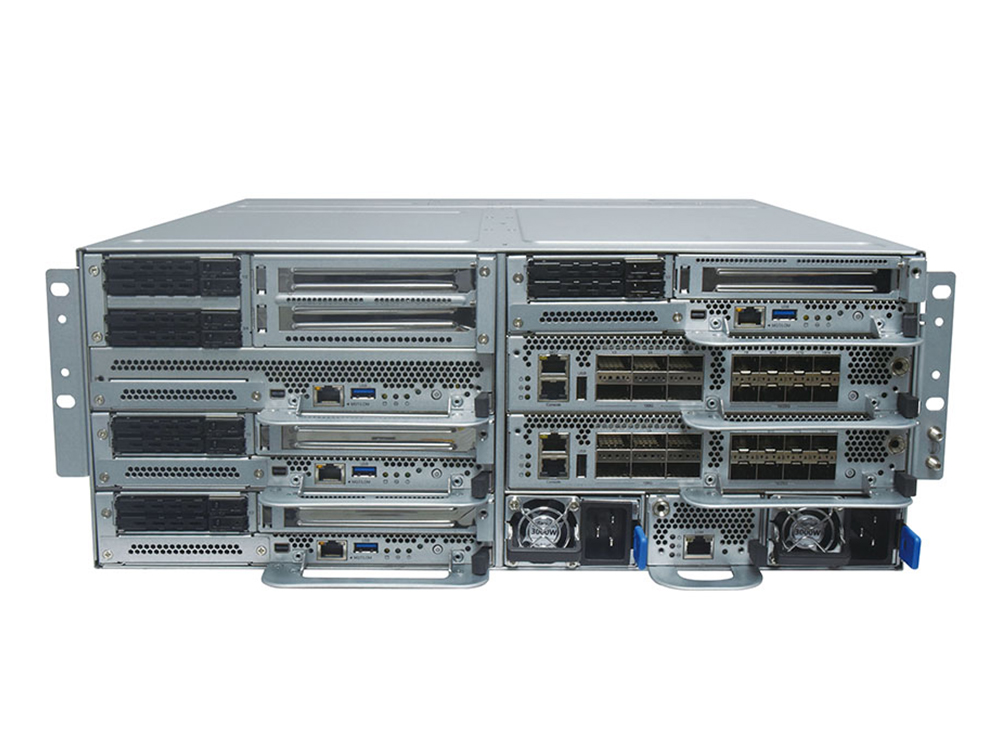What is SONiC?
Software for Open Networking in the Cloud (SONiC) is an open-source network operating system (NOS) based on Linux that runs on a collection of software networking components, such as switches from multiple vendors and ASICs, to build a full suite of network functionality. Large cloud-service providers, and hyperscalers need to build their own network from the ground up with high scalability and management, and SONiC provides the flexibility to create the network solutions they need while also leveraging the collective strength of a large ecosystem and community.
SONiC was originally developed by Microsoft, initially for their cloud computing services, and contributed to the Open Compute Project (OCP), continuously introducing new features, such as configuration management, and has gained wide industry support over the last years, especially due to the big move to the cloud due to work-from-home situations. SONiC is a collection of device drivers, kernel patches, utilities, and more, aiming to address the issues of reliability and availability of the cloud network, in addition, to accelerating innovation aka adding new features. It offers cloud-service providers a modular and containerized design with scalability, while enabling rapid functionality updates, accelerated innovation, and lower costs.
Switch Abstraction Interface (SAI)
SONiC is built on Switch Abstraction Interface (SAI), a standardized C language API for programming switching ASICs, enabling data center operators to share the same software stack across hardware from multiple switch vendors to provide an efficient networking experience and accelerate hardware innovation.

Source: OCP
SONiC Advantages
This disaggregation concept and SAI usage bring many benefits. SONiC’s open and modular architecture provides extensibility, high scalability, and simplicity of operational management. SONiC is open software, allowing operators to choose what to deploy and what features are needed and not needed to run on their networks. It is exceedingly expandable, easily adding new features and capabilities, and agitable in deploying new functionality onto a working production data center. It provides easy migration from obsolete hardware with the same software stack and accelerates debugging, fixing, and testing software, in addition to increased network resilience. Providers and operators can scale down the software and develop features required specifically for their data center and networking needs. SONiC also plays well with others as it is simple to integrate with other open-source, third-party, or even proprietary software components, significantly shortening the time to innovate.
Lanner’s SONiC Support
Lanner has been working on supporting SONiC on our HybridTCA platforms, including HTCA-6600, HTCA-6200, and HTCA-E400. Through running SONiC on Lanner’s HybridTCA platforms, our customers can integrate switchblades, and accelerating functions from Broadcom and Intel Tofino, in order to provide increased scalability, serviceability, and security in network platforms.






